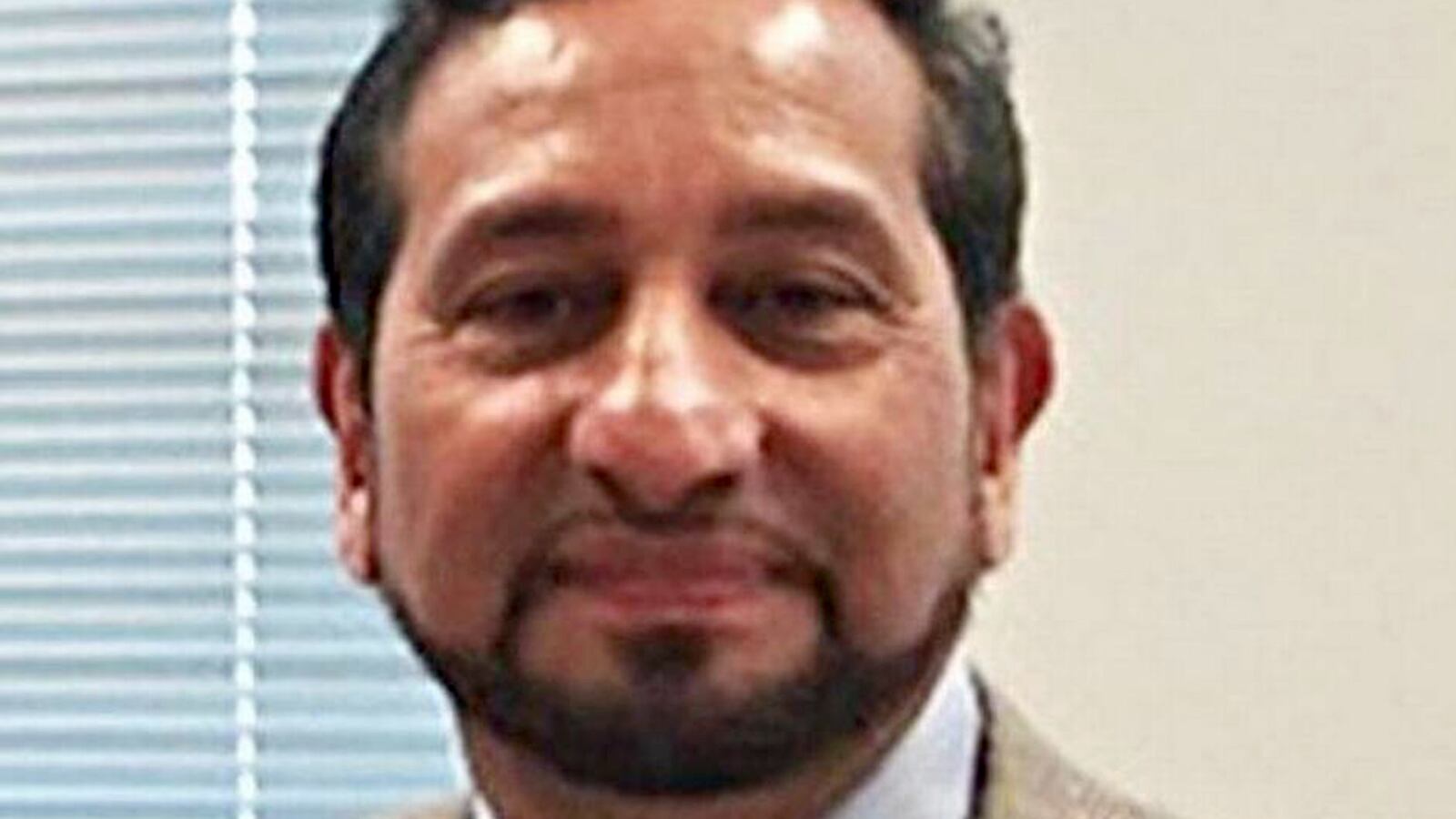The family of Jacinto Hernández Torres knows why he went to Garland, Texas. They still don’t know why he died there.
On June 13, a business partner found Torres, a 57-year-old real estate agent and a beloved local journalist, dead in the backyard of a home in the Dallas suburb. By then, his body had already been there for “multiple days,” according to a Garland PD press release. He had been shot in the torso, his body left “exposed to rain and moisture” for days, according to the local Spanish-language newspaper Al Día.
Now, his family and his colleagues want to find out if his investigative journalism had anything to do with his murder.
Torres worked as a freelancer under the name Jay Torres for La Estrella, the Spanish-language offshoot of the Star-Telegram in Fort Worth. La Estrella executive Juan Antonio Romas confirmed last Thursday that Torres was working on an assignment but that they “did not think at any time that there was any risk.”
“Jay was a very dedicated and caring person who kept us informed about his work,” Romas wrote, “and for that reason his killing is alarming and disturbing.”
The Committee to Protect Journalists (CPJ) also noted in a statement that they were “alarmed” by the murder, especially given the infrequency with which journalists are killed for their work in the United States. CPJ has only documented seven such cases since 1992. If Torres was indeed killed for his work, he would be the eighth.
Lt. Pedro Barineau, the public information officer for the Garland PD, told The Daily Beast that police are actively investigating “several different leads” but that they have not yet uncovered “any kind of link to his job.”
Meanwhile, the Torres family and his fellow journalists have been trying to piece together a timeline and a plausible motive for the murder.
His son, Gibrán Torres, told the Star-Telegram that he saw his father for the last time on Wednesday, June 8, and that he suspected the only reason he went to Garland was to show property. Another family member confirmed to CPJ that the backyard in which his body was found belonged to a house that was being flipped. That house was open to buyers on Friday, June 10th. His daughter, Aline Torres, spoke with him on the morning of the 10th before he went to the Garland house but said that he didn’t return messages she sent him in the afternoon, according to a report from Al Día.
“More recently his work was more intense, riskier,” Aline told reporters at a press conference with the family covered by Al Día. “He was lifting up stones that perhaps people did not want to have lifted.”
The family noted at the press conference that he was working on stories about human trafficking and immigration at the time of the murder. They also believe he was shot by someone who knew him, telling reporters at the press conference that the that police found no indication he was robbed.
Karina Ramirez, an Al Día reporter and president of Hispanic Communicators Dallas Fort-Worth (HCDFW), a chapter of the National Association of Hispanic Journalists, added that Torres was “going after people who are abusing the Hispanic community.”
“Most of the stories that he did were about that,” Ramirez told The Daily Beast in a phone interview. “That was him. He wanted to go after people who were doing or causing harm to the community.”
But Ramirez said she has no idea what particular stories Torres was working on when he was killed.
“I wouldn’t have a clue,” she said, noting that he was “so independent that we would have never known what he was working on until the story got published.”
Journalism may not have been the only thing that put Torres at risk. His son Gibrán told CPJ that his father had recently raised the possibility of installing a home security system because of the stories he was researching, but also because he was worried about angry tenants.
Torres was a beloved figure in his community, especially among his fellow reporters. In a Facebook eulogy, Raúl Caballero, his editor of 18 years at La Estrella, called him a “friend to all,” praising his honesty, generosity, and attention to detail.
“It feels unreal for us to be talking about you, old friend, knowing you are dead,” he wrote.
Ramirez opened a GoFundMe for Torres’ funeral expenses that has already raised over $4,000. In an official statement from HCDFW, she said that the best way to honor her departed colleague would be to keep investigating his death and to carry on his legacy.
“I am sure you are heartbroken and in shock as I feel today,” she wrote. “But Jay would want us to move forward and not only find out what happened to him, but also continue our work as journalists.”






